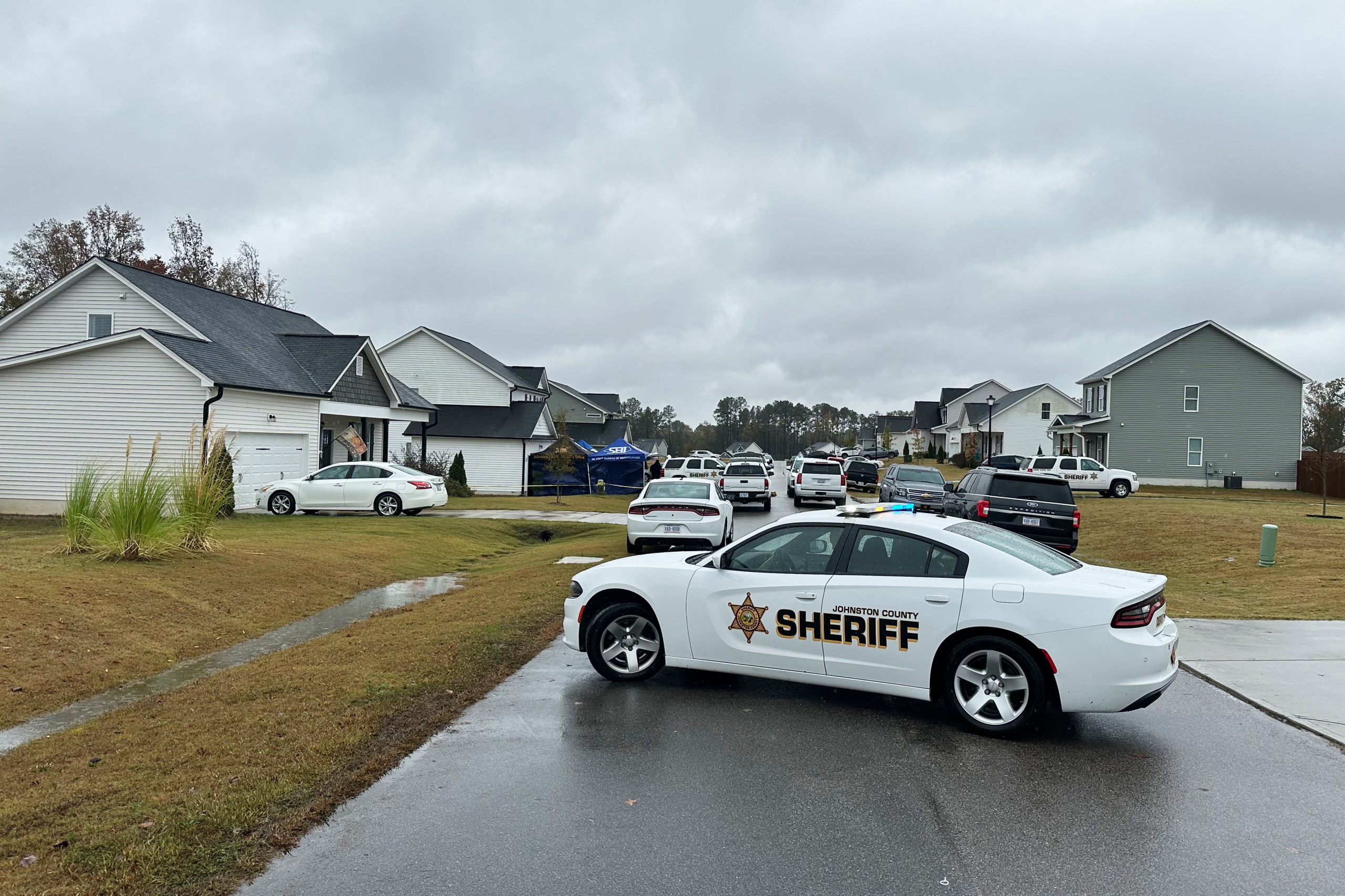RAEFORD, N.C. (AP) — A North Carolina deputy shot and killed a 13-year-old boy wanted in the killing of his grandmother when the teenager charged toward the officer with a piece of lumber the boy had picked up during a chase, authorities said Friday.
The State Bureau of Investigation will review Thursday’s shooting involving the Lee County sheriff’s deputy, which is a standard protocol.
The events began in Raeford, about 90 miles (145 kilometers) southwest of Raleigh, where the Hoke County Sheriff’s Office said 68-year-old Connie Linen was pronounced dead in her home. Authorities say she was a victim of a homicide but haven’t released details about how she was killed. Deputies initially came to the home in response to a well-being check.
Detectives determined Linen’s grandson to be a suspect, and authorities had completed paperwork charging him with first-degree murder, the Hoke Sheriff’s Office said in a news release.
The Lee County Sheriff’s Office said it was told about the homicide, and officers later found the boy behind an abandoned mobile home in the Cameron area.
When deputies approached the boy, he ran away, authorities said. The teenager grabbed a two-by-four from a yard during the pursuit and charged toward an officer, who shot the teen, the Lee County Sheriff’s Office said. The office’s news released described the boy as 5 feet, 11 inches (1.8 meters) tall and 150 pounds (68 kilograms).
Lee County Sheriff Brian Estes and the State Bureau of Investigation didn’t immediately respond to emails Friday seeking more information about the shooting and the investigation.
“This has been a tragic and emotional situation for everyone involved,” Hoke County Sheriff Roderick Virgil said Friday. “We ask that our community come together with compassion and understanding as we all process this difficult event.”









